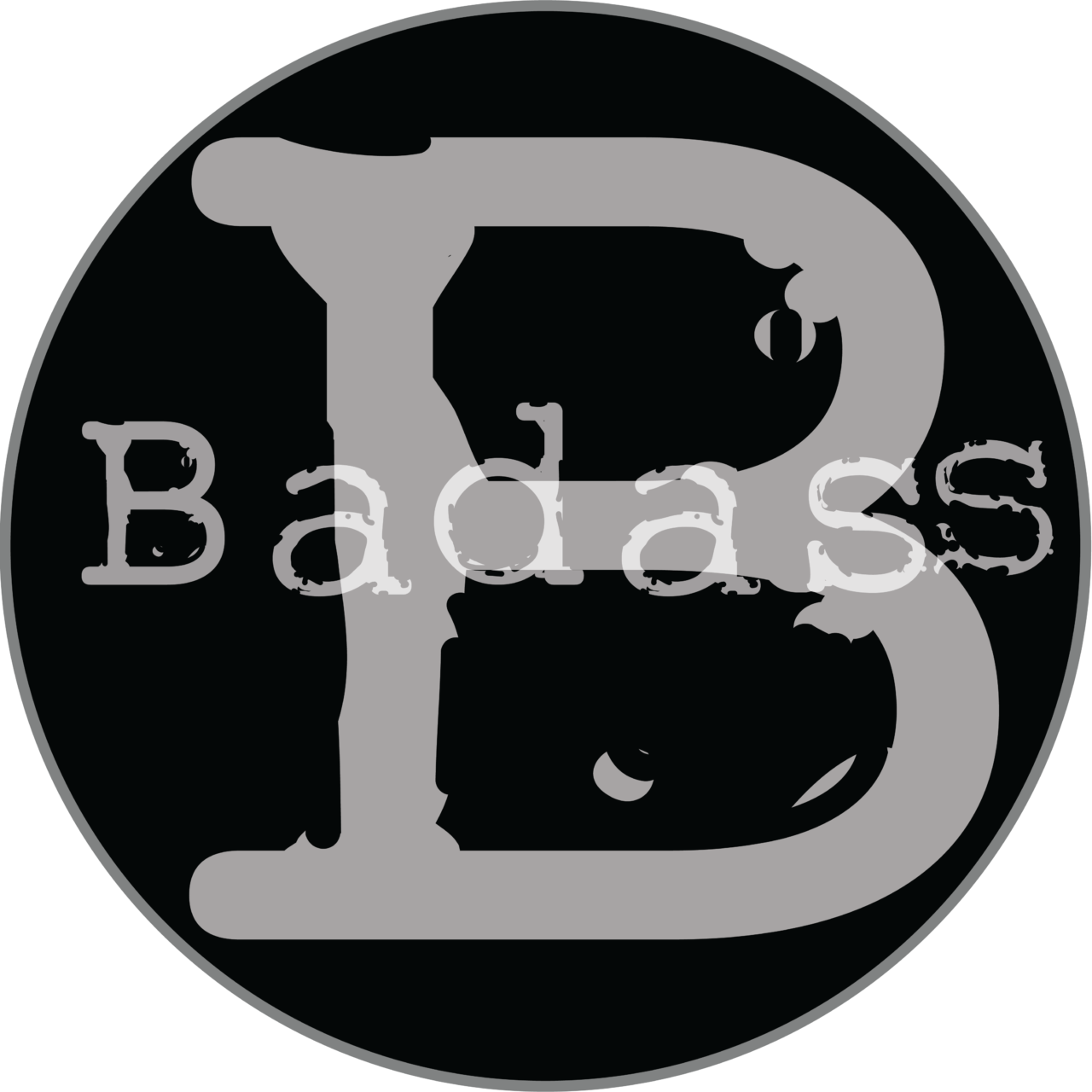Sharing here (with permission) this recently updated piece on understanding spec screenplays and their purpose, written by Jim Kalergis, a knowledgeable and generous colleague and contributor in online screenwriting groups.
Formatting Spec Screenplays for New Screenwriters
By Jim Kalergis
Scripts we write in the hope we’ll someday sell them are called “spec screenplays.” We’re “speculating” that someday we’ll be paid for our hard work. Spec screenplay style is different from other prose forms. They’re also different from “shooting scripts,” the kind commonly found on movie sets.
The Real Purpose of a Spec
The first thing you need to understand about a spec screenplay is its purpose. Spec screenplays are sales documents. Your purpose in writing a spec screenplay is to ***sell*** your movie. First to the intern reader… then later to their boss… the big cheese greenlight person… investors… talent… and distributers.
A great way to sell your movie to readers is to make it play in their “mind theater.” But how does one do that with only words on paper? Luckily, it’s not hard or complicated.
Once you have sketched out your movie in one form or another, it’s time to write it at the scene level. The simplicity of screenplay form is that we write what the audience will see on screen and hear from the theater sound system, in the order they will see and hear it. We do so in the expectation and hope that by so doing, the reader will experience what they’re reading as a “mind movie.”
But how much of what we visualize belongs on the page? Here’s a trick that will help you answer that question as you write.
Pretend you’re in a theater with a blind friend. There’s a movie playing. Your friend can hear the dialog, but you must verbally keep her updated as to what’s happening on screen.
Obviously, you’re not going to have time to get into the color of the drapes or the glint of the sun off the morning dew. It’s all you can do to keep up with the story as it unfolds at the speed of a real movie.
Character descriptions have to be short and sweet.
You won’t have time to write anything your friend doesn’t need to know follow the story. You won’t bother with camera angles, transitions, etc. No time! You won’t waste page space by continually reminding her that “we see” and “we hear” things.
The benefits of this approach
- Helps the writer focus on what counts most, THE STORY.
- Keeps the writer from slipping into novel mode and writing things that can’t be captured on film.
- Prevents overwriting, the scourge of all new screenwriters.
- Forces the writer to keep the story moving at a brisk pace.
- The writer naturally writes in a style appropriate to screenplay form and they don’t have to worry about things like “show don’t tell,” or “keep it filmable.”
- With this approach, each page works out to, on average, a minute of screen time… exactly what we’re shooting for and what producers expect.
Get the idea? Give it a try!
Copyright Jim Kalergis 2019
p.s. Jim likes to refer new writers to the Pirates of the Caribbean script as a great model for sparsity and writing style.


